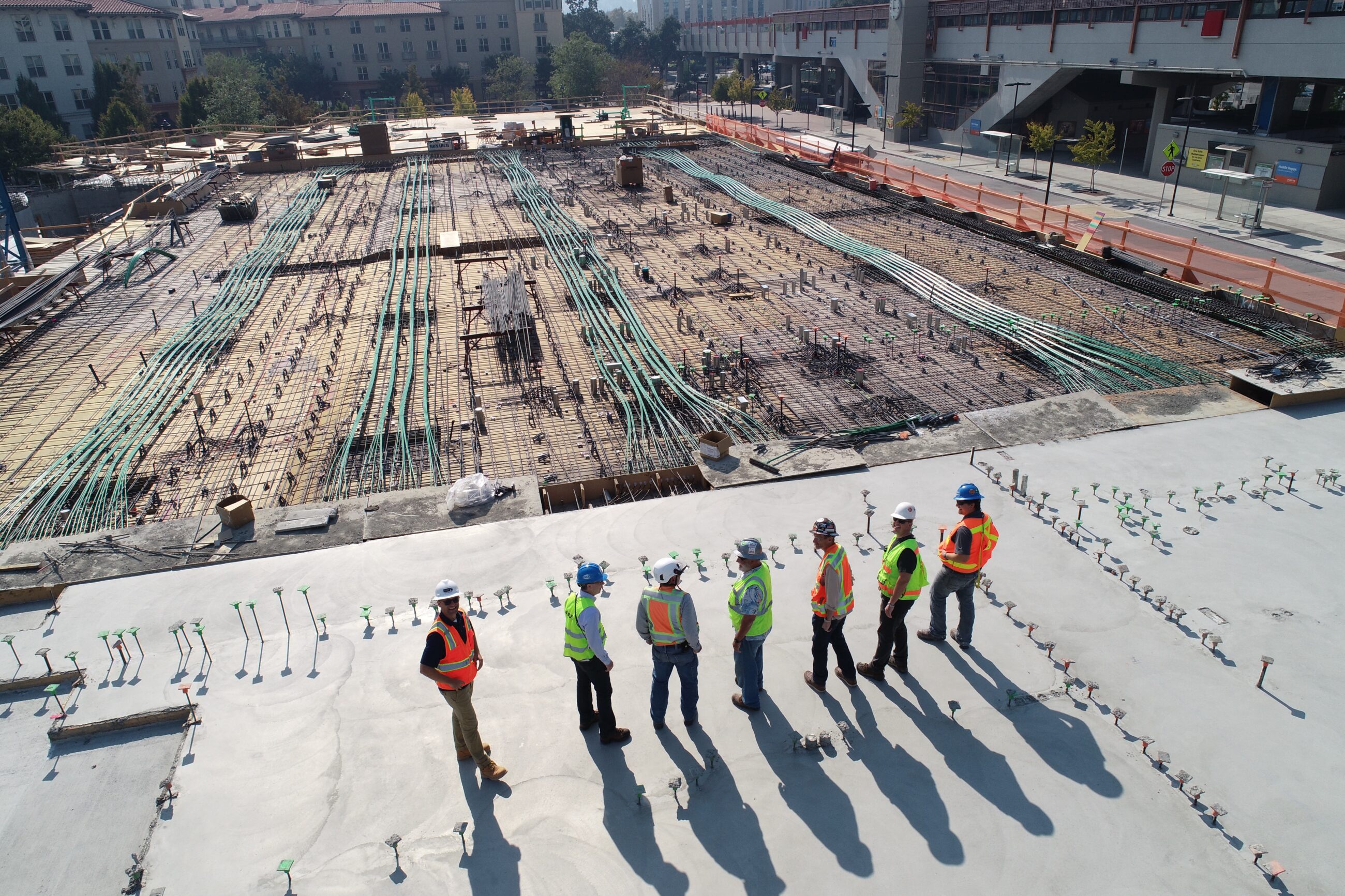More and more, businesses are shifting their safety strategy toward a focus on safety culture – the truths, ideas, and beliefs that all members of an organization share toward workplace risk, injuries, and prevention. And while consensus has been growing for over 40 years that strong safety cultures beget sustainable safety performance, companies continue to search in earnest for the perfect safety culture “recipe”.
Shared values, leadership commitment, effective communication, continuous learning – these are just a few of the elements deemed critical for safety culture success. Recognizing the effect that discretionary effort can have on business outcomes, employers are placing renewed emphasis on employee engagement as a key ingredient to building world-class safety cultures that reduce the risk of workplace harm.
Why is Fostering Employee Engagement so Important to Safety Professionals?
Organizations that want to accelerate safety performance need to focus on further engaging their workforce in safety. A 2016 Gallup study of over 1.8 million workers found that businesses rated in the top quartile for employee engagement had 70% fewer workplace incidents than those in the bottom quartile. In fact, employee engagement is becoming so important that worker participation and consultation are now frequently included in new safety regulations and international standards like ISO 45001.
It’s surprising to learn how many organizations fail to actively seek out the ideas, thoughts and opinions of their front-line workers when tackling health & safety challenges. Considering that front-line employees are often most knowledgeable of the risks present in their work environment, and how to control those risks, failing to take their perspectives into account when developing your safety strategy is a wasted opportunity and it can lead to further problems. Every employee exerts a significant social power in the workplace that influences the perceptions and beliefs of their co-workers. When enough workers feel that their opinions do not matter, this collective social power can quickly turn negative and undermine key company safety initiatives, increasing the risk of injury. A study conducted by Queen’s School of Business found that disengaged workers were 50% more likely to be involved in a workplace accident.
Safety Tip: Re-Think Your Safety Meetings

If your safety meetings normally involve management “talking at” employees, you’re likely on a surefire path to worker disengagement. Instead, try this:
At your next safety meeting, instead of spending time reviewing the most recent safety stats, pick a notable incident, and explore it in detail with your workforce. Ask your employees their opinions about what happened and why it happened:
- What do they see from a front-line worker’s perspective that management might not see?
- What ideas do they have to prevent it from happening again?
Pick 1-2 solution ideas to implement and then review the effect of these ideas at your next meeting. Showing that management is listening to and applying their ideas is a great way to foster employee engagement. Now that we know strong employee engagement is a key ingredient to building a world-class safety culture that reduces the risk of workplace harm, what can your organization do to create the levels of engagement needed to achieve safety excellence?
For more, check out Cority’s eBook, ‘Light the Fire Within: How to Build Stronger Employee Engagement for Safety’ to learn:
- 7 simple strategies to increase employee engagement in safety
- Advice and lessons learned from a 20-year Health and Safety veteran
- What you can do to create a psychologically safe workplace
- How mobile EHS solutions can help you boost safety engagement











